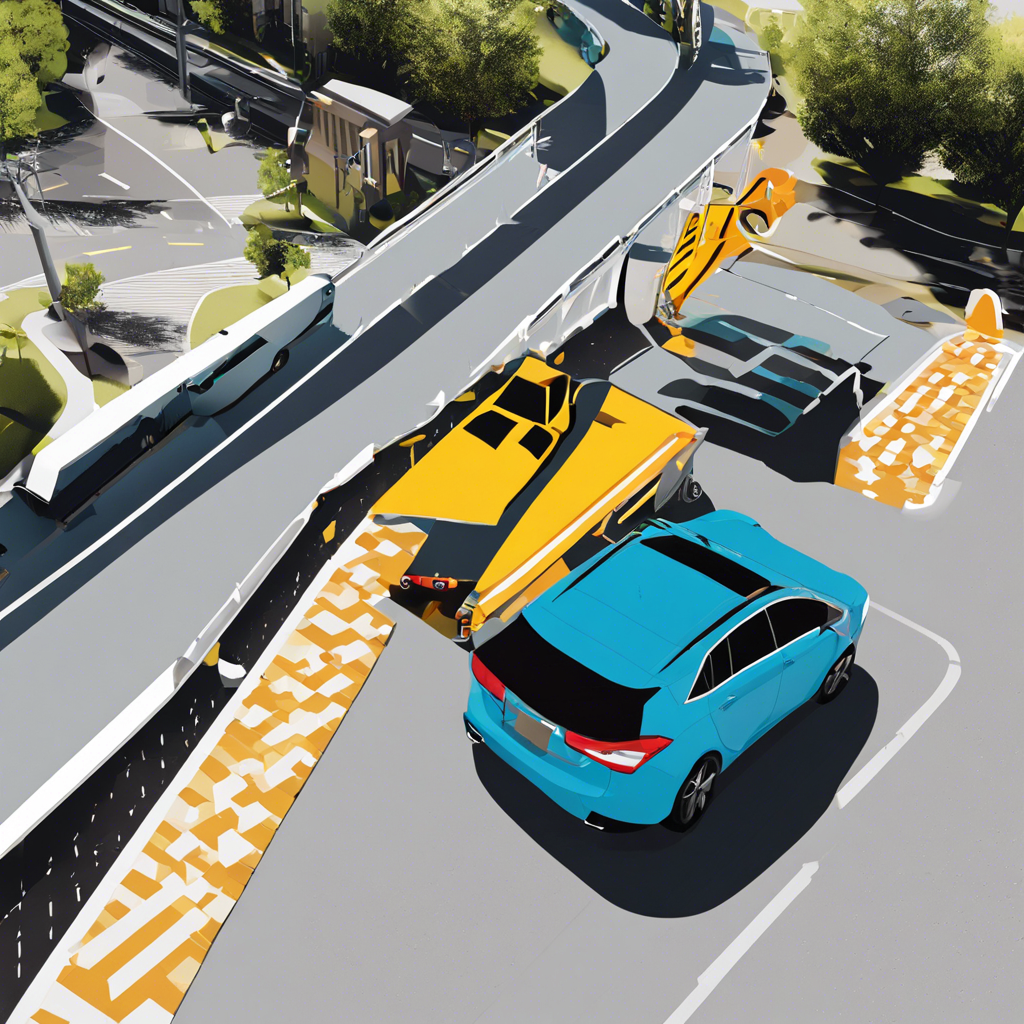Exploring the significant role of vehicle design in accident prevention, from crash safety features to advanced driver assistance systems.
Vehicle design has emerged as a critical factor in enhancing road safety, going beyond mere aesthetics and performance. In recent years, the automotive industry has made significant strides in developing innovative solutions to prevent accidents, mitigate crash impacts, and protect occupants and pedestrians alike. This article delves into the fascinating world of vehicle design, showcasing how it plays a pivotal role in ensuring safer roads and reducing the devastating consequences of traffic collisions.
From the integration of advanced driver assistance systems (ADAS) to the meticulous engineering of crash safety features, modern vehicles are becoming increasingly intelligent and proactive in preventing accidents. This article will explore the various design aspects that contribute to accident prevention, shedding light on the complex interplay between technology, engineering, and human behavior on the road.
The Evolution of Vehicle Design for Safety
The history of automotive design is a fascinating journey that has been largely shaped by the pursuit of safety. Over the decades, manufacturers have continually refined vehicle designs to meet and exceed safety regulations and protect occupants in the event of a crash.
The Birth of Crash Safety Features
The 1950s and 1960s marked a turning point when car manufacturers began incorporating crash safety features into their designs. These early innovations included reinforced passenger compartments, padded dashboards, and safety belts, laying the foundation for modern vehicle safety.
Advancements in Crashworthiness
The 1970s witnessed a significant shift towards more comprehensive safety measures with the introduction of crashworthiness concepts. This era saw the development of crumple zones, reinforced roof pillars, and side-impact protection beams, all aimed at absorbing and redirecting crash forces away from the vehicle’s occupants.
Unveiling the Secrets of Crumple Zones
Crumple zones represent a crucial aspect of modern vehicle design, serving as sacrificial structures engineered to collapse in a controlled manner during a collision. This innovative design feature is strategically placed at the front and rear of the vehicle, allowing for the absorption of impact energy, reducing the forces transmitted to the passenger compartment.
The Science Behind Crumple Zones
Engineers carefully craft crumple zones using advanced materials and design techniques. These zones typically comprise a network of structural components that progressively deform, dissipating kinetic energy as the vehicle decelerates. The controlled deformation ensures that the more rigid passenger cell remains largely intact, providing a protective cocoon for the occupants.
Revolutionizing Occupant Safety: Airbags and Seat Belts
The evolution of crash safety features took a significant leap forward with the introduction of airbags and the widespread adoption of seat belts. These innovations, combined with advancements in crashworthiness, have contributed to a substantial reduction in road fatalities.
External Links
- National Highway Traffic Safety Administration (NHTSA) – Vehicle Safety Standards
- Insurance Institute for Highway Safety (IIHS) – Safety Technology
- Autoliv – Advanced Safety Products for Vehicles
Common Questions About Vehicle Design and Accident Prevention
Q: How do vehicle design considerations impact overall road safety?
A: Vehicle design plays a pivotal role in road safety, influencing various aspects such as driver visibility, handling, and the inclusion of advanced safety features. Well-designed vehicles can reduce the likelihood of accidents and minimize the impact of collisions.
Q: Are there specific design features that contribute to improved pedestrian safety?
A: Absolutely! Modern vehicle designs often incorporate advanced pedestrian detection systems, soft front-end structures, and active hood systems that can help reduce the severity of pedestrian injuries in the event of a collision.
Conclusion: Driving Towards a Safer Future
Vehicle design has come a long way in its evolution, transforming from a primarily aesthetic focus to a safety-centric approach. The integration of advanced crash safety features, crumple zones, airbags, and seat belts has significantly reduced road fatalities and injuries. However, the journey towards accident-free roads is far from over. As technology continues to advance, we can expect even more innovative and intelligent vehicle designs that seamlessly blend safety, efficiency, and sustainability, ultimately paving the way for a safer and more enjoyable driving experience for all.
